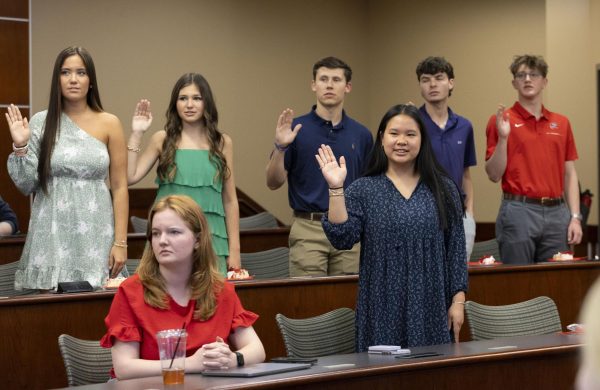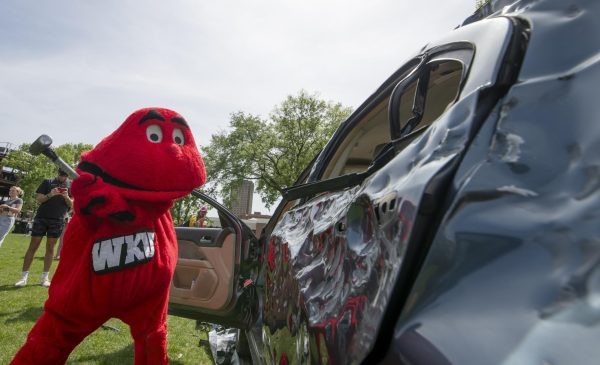WKU, City of Bowling Green partnered for radon awareness
January 30, 2012
WKU-sponsored billboards around the region have reminded passersby to check their homes for radon.
January is National Radon Action Month. The city of Bowling Green also proclaimed January to be Radon Action Month to coincide with the national proclamation.
WKU and the city have worked together throughout the month to educate the community about radon.
Brain ‘Slim’ Nash, a Bowling Green City Commissioner, said the city has observed the month for the last couple of years.
“It’s always a responsibility of government to try to keep the flow of information and education available to not only government officials but to citizens as well,” Nash said.
Radon is the second leading cause of lung cancer after smoking. It is a naturally occurring radioactive gas that is colorless, odorless, and tasteless.
Anita Britt, WKU’s Radon Program Coordinator, said Warren County has a higher prevalence rate of radon than other areas because of its karst topography.
A karst topography is characterized as an area having underground streams, caves and limestone.
“So we’ve got a lot of sinkholes, we’ve got a lot of caves, and all of these things contribute to creating pathways for gases that can move around and seep into the soil,” Britt said.
Britt’s office offers free test kits year round for the homes of students, faculty, and staff. She said it’s important to test every two to five years.
The majority of the main campus was tested for radon in the late 90s, and buildings with higher levels were corrected, Britt said.
At the time, the government didn’t have standards set as to what high amounts of radon were, said Brian Kuster, director of Housing and Residence Life. In some cases, offices had to be moved.
Now, the buildings are tested periodically to make sure the levels are safe, Britt said.
The residence halls and other buildings on campus have incorporated radon prevention measures, like sealing the foundation of the buildings and sealing where objects such as toilets are connected to the ground.
“It’s something students should be aware of in their own home,” Kuster said.
He said the new construction on Kentucky street will also incorporate such measures in its design and construction.




















![Students cheer for Senator at Large Jaden Marshall after being announced as the Intercultural Student Engagement Center Senator for the 24th Senate on Wednesday, April 17 in the Senate Chamber in DSU. Ive done everything in my power, Ive said it 100 times, to be for the students, Marshall said. So, not only to win, but to hear that reaction for me by the other students is just something that shows people actually care about me [and] really support me.](https://wkuherald.com/wp-content/uploads/2024/04/jadenmarshall-600x422.jpg)

